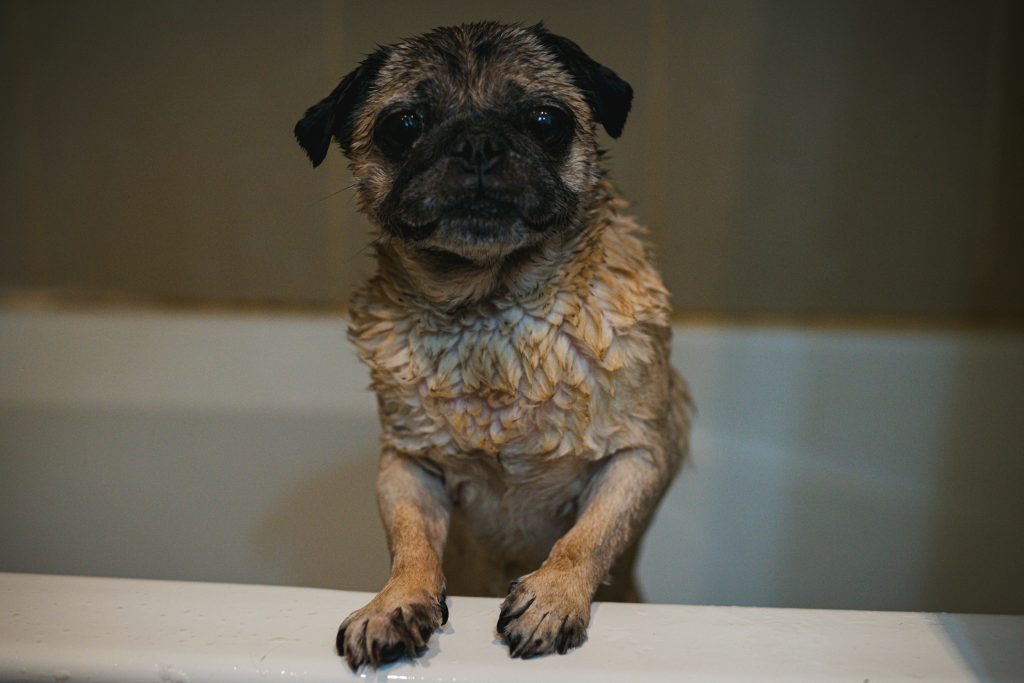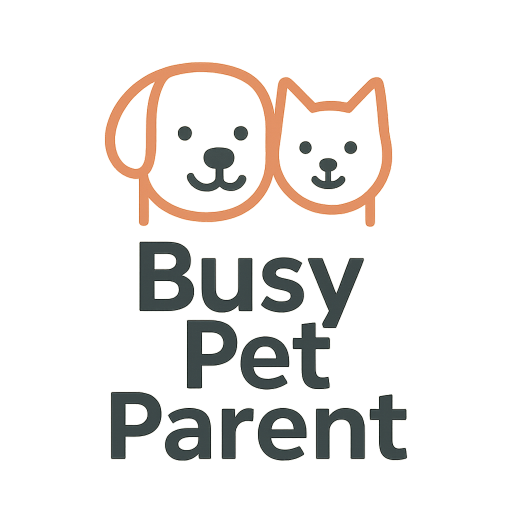
How Often Should You Really Bathe Your Dog? (And What Most Owners Get Wrong)
How often should you bathe your dog? It seems like a simple question, but the truth is, there’s no one-size-fits-all answer. Bathing too often can irritate your dog’s skin, while not bathing enough can lead to odor, buildup, and even skin infections. In this article, we’ll break down what most pet owners get wrong about dog baths, and how to create a routine that keeps your pup clean, comfortable, and healthy.
1. It Depends on Coat Type
Short-haired dogs like Boxers or Beagles may only need a bath every 6–8 weeks. Long-haired breeds or double-coated dogs like Golden Retrievers and Huskies may benefit from baths every 4–6 weeks — with regular brushing in between to reduce matting and odors. Curly-coated breeds like Poodles may need even more frequent grooming to prevent tangles and keep the coat healthy.
2. Activity and Lifestyle Matter
A city dog that walks paved sidewalks may stay cleaner longer than a pup who loves muddy trails or rolling in who-knows-what at the dog park. If your dog has frequent outdoor adventures or rolls in dirt, they may need more frequent baths. Likewise, dogs who sleep in your bed or cuddle often may get bathed more just to keep things fresh.
3. Skin Sensitivities Require Special Care
Dogs with allergies, dry skin, or certain skin conditions may need medicated baths — or fewer baths altogether. Always consult your vet if your dog has chronic itching, redness, or flaky patches. Using a soothing oatmeal or hypoallergenic shampoo can help maintain skin health without over-drying.
4. Avoid Overbathing
Bathing too often can strip your dog’s natural oils, leading to dryness, flaking, and itching. Unless advised by your vet, most dogs shouldn’t be bathed more than once every two weeks. If your dog gets dirty in between, try spot cleaning with a damp cloth or use waterless shampoo made for pets.
5. Use the Right Products
Never use human shampoo on dogs. Their skin has a different pH balance, and our products can be too harsh. Choose a dog-specific shampoo — ideally one that’s gentle, sulfate-free, and appropriate for your dog’s coat type. If unsure, go for a vet-approved brand or one recommended by your groomer.
6. Brushing Helps You Bathe Less
Regular brushing removes dirt, dander, and loose hair — all of which contribute to odors. A quick brushing session 2–3 times a week can reduce the need for full baths and keep your dog’s coat looking clean and shiny. It’s also a great way to bond and check for lumps or skin changes.
7. Puppies and Seniors Need Extra Care
Puppy skin is sensitive, so limit baths to once a month or when needed. Use warm water, gentle lathering, and lots of positive reinforcement. Older dogs may have drier skin or mobility issues — so keep bath time short, calm, and safe with anti-slip mats and lukewarm water.
8. Watch for Signs It’s Time
If your dog starts smelling, scratching more, or their coat looks dull and oily, it might be time for a bath. Trust your senses — and your dog’s behavior. Just like humans, they feel better when they’re clean and comfortable.
Bathing your dog doesn’t have to be complicated. With a little attention to your dog’s coat, lifestyle, and skin health, you can build a bathing schedule that works. When in doubt, less is often more — and regular brushing and spot-cleaning can go a long way. Keep it positive, gentle, and consistent, and your dog will learn to love bath day (or at least tolerate it!).
Frequently Asked Questions
Once every 6–8 weeks or as recommended by your vet. Use a gentle, vet-approved shampoo to avoid irritation.
Only if recommended by your vet or using a very gentle shampoo. Weekly baths can strip essential oils from the skin.
It’s safer to use a shampoo made for dogs. Baby shampoo is gentler than adult shampoo, but the pH still may not be ideal for pets.
Generally, yes. Dogs who stay clean indoors need fewer full baths — but brushing and wiping paws still matters.
Use a towel to blot water, then let them air dry in a warm room. For thick-coated dogs, a pet-safe blow dryer on cool is helpful.
🐾 Curious about what’s really best to feed your dog? With so many pet food choices on the market, it’s easy to feel overwhelmed. For science-backed guidance on balanced nutrition, ingredient safety, and common feeding myths, check out this helpful overview from Tufts University’s veterinary nutrition experts: Petfoodology by Tufts.

Join the Busy Pet Parent Newsletter!
Get easy routines, time-saving tips, and the latest gear reviews—delivered straight to your inbox.
Perfect for busy pet owners, apartment dwellers, and anyone who wants a happy, healthy companion (without the stress).
Exclusive guides & checklists
Product recommendations & deals
No spam—unsubscribe anytime!



